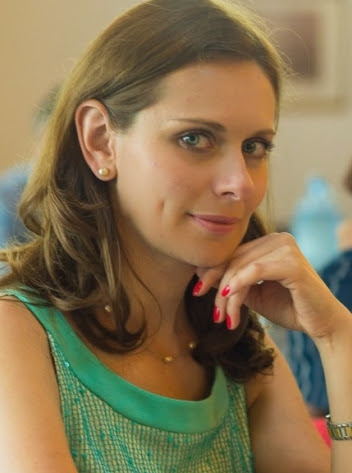Departments
Hydraulics, Hydraulic Machinery and Environmental Engineering
History
The Department of Hydraulics, Hydraulic Machinery and Environmental Engineering (DHHMEE) , initially called Chair of Hydraulics and Hydraulic Machinery (CHHM), was established 100 years ago, in 1920, under the coordination of Professor Dionisie Ghermani, when the National School of Bridges and Roads became Politehnica School of Bucharest (called POLITEHNICA of Bucharest since November 1920). Courses included in the curricula of CHHM were taught since the second part of the 19th Century, at the National School of Bridges and Roads. The first monograph on Hydraulics, entitled "Theoretic and Applied Hydraulics", was released in 1942, authored by Professor Dionisie Ghermani.
DHHMEE consists of teams / laboratories that cover from an educational and research point of view the following fields:
- fluid mechanics and numerical modeling in fluid engineering;
- rheology and complex fluids;
- microfluidics;
- multiphase fluid dynamics,
- water resources engineering and management;
- monitoring and management of hydropower plants and pumping stations;
- hydro-aerodynamics of renewable energy sources and of hydraulic and pneumatic machinery and systems;
- hydraulic and pneumatic drive and control systems;
- innovative water and wastewater treatment technologies;
- recovery of energy and other resources from wastewater;
- water reuse and recycling;
- drinking water supply, treatment and distribution systems;
- assessment of the effects of pollution on the environment;
- pollution prevention and remediation technologies in energy processes;
- environmental monitoring;
- SCADA systems.
In 1950, when the Faculty of Energy Engineering was founded, following the higher education reform in Romania, the Chair of Hydraulics and Hydraulic Machinery was attached to this faculty. From 1950 to 1920, CHHM trained students and experts in the major fields of "Hydropower Engineering", and "Hydraulic and Pneumatic Machinery".
Responsibilities
DHHMEE is currently responsible for organizing the following programs of study of the Faculty of Energy Engineering:
- Energy and Fluid Engineering, bachelor's degree;
- Energy and Environmental Engineering, bachelor's degree;
- Hydro-informatics and Water Engineering, master's degree;
- Energy for Smart Cities, master's degree;
- Environmental Management and Sustainable Development, master's degree;
Activity
DHHMEE supports / coordinates through its specialists the development of teaching activities in the other bachelor's and master's programs of the Faculty of Energy Engineering, but also of other faculties in the university: Faculty of Electrical Engineering, Faculty of Mechanical Engineering and Mechatronics, Faculty of Biotechnology Systems, Faculty of Industrial Engineering and Robotics, Faculty of Transportation, Faculty of Medical Engineering, Faculty of Entrepreneurship, Engineering and Business Management and Faculty of Engineering in Foreign Language.
The scientific and technical prestige of DHHMEE is based on the hard work of its members, finalized by remarkable scientific papers, highly cited worldwide, and also by patents, installations and equipment of high technical level, acknowledged by the national and international scientific and technical community. During its activity, DHHMEE continuously developed its educational system, according to modern requirements. An important place within the DHHMEE strategy is dedicated to the integrated development of education and scientific research, and the increase of their performances, through international cooperation. The increase of students and teachers mobility within bilateral international agreements, as well as the partnership with national and international universities on research programs, represents a priority within the DHHMEE's internationalisation process.

Department director
Prof.PhD.Eng Diana Maria BUCUR
Department director
Prof.PhD.Eng Diana Maria BUCUR